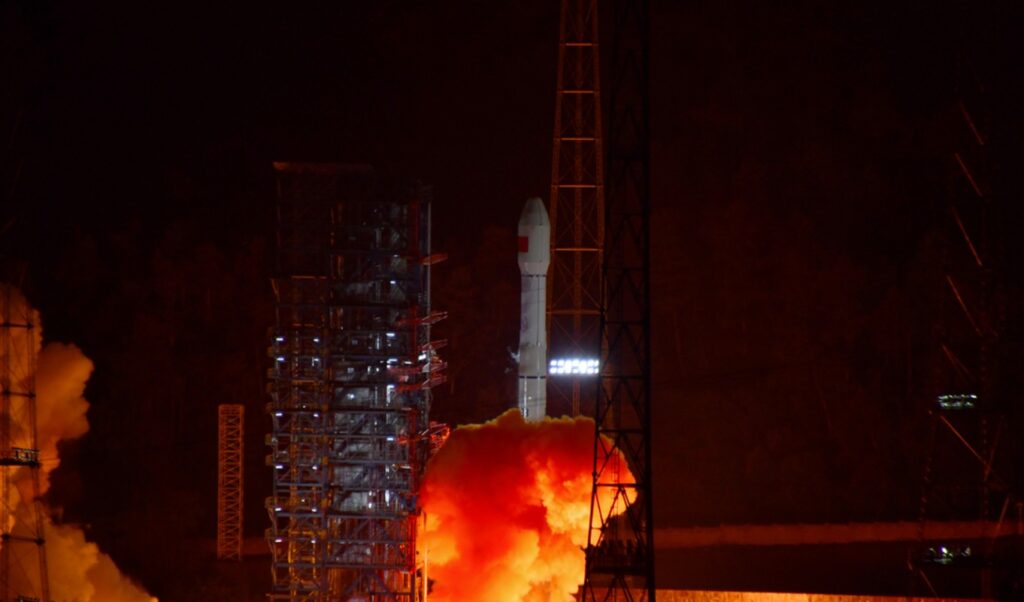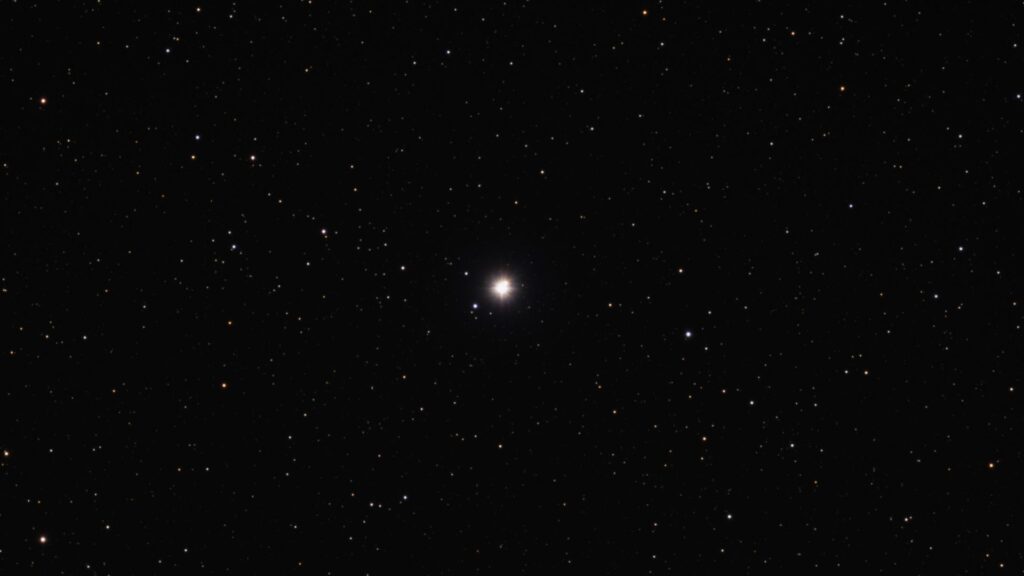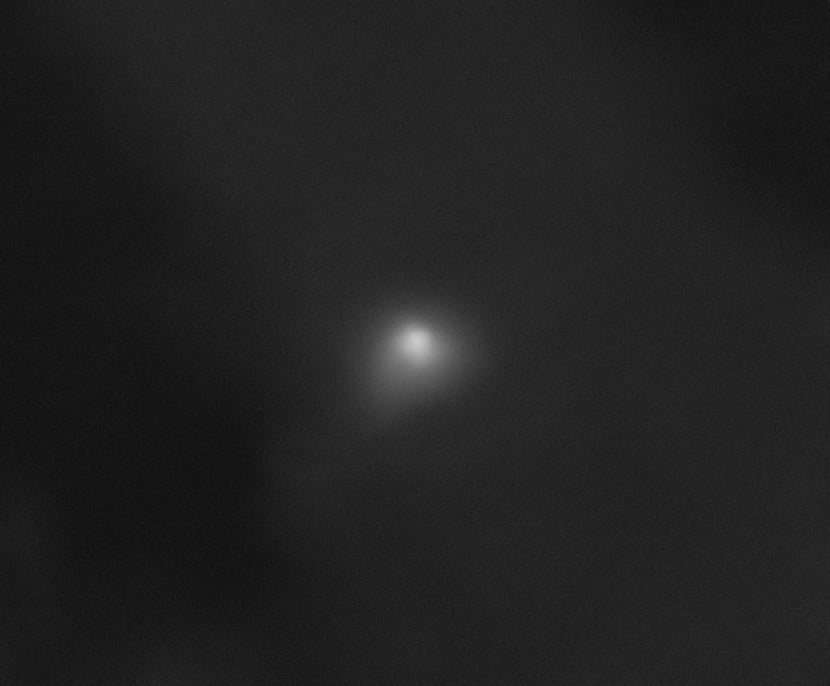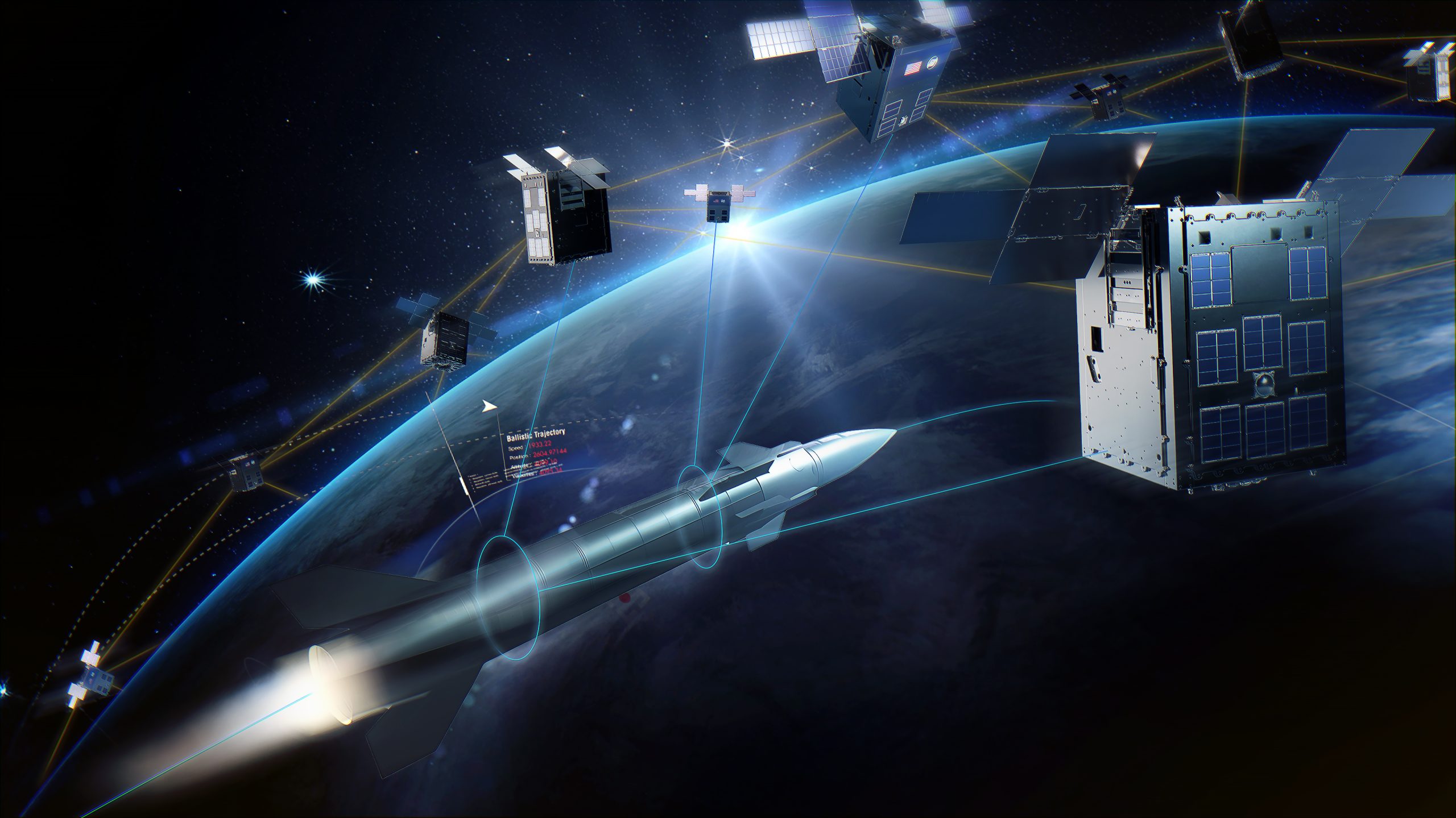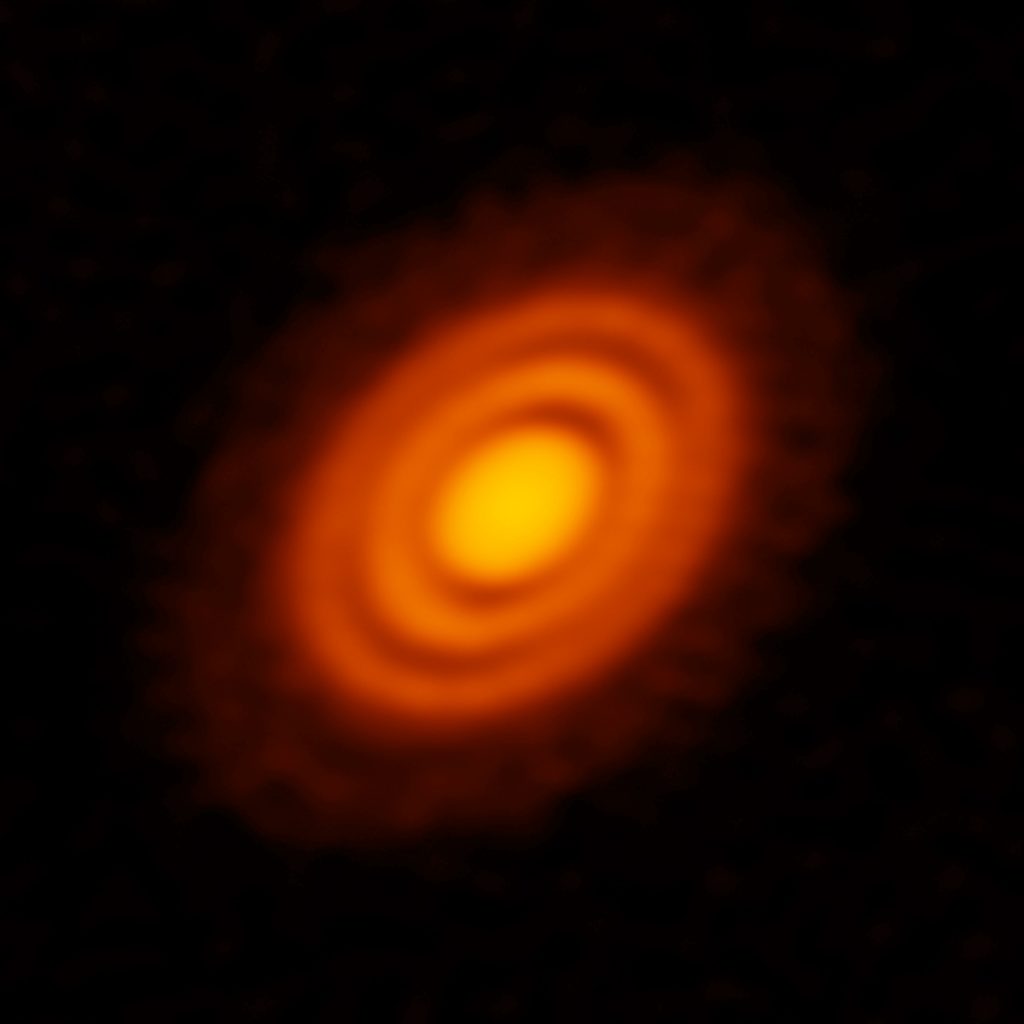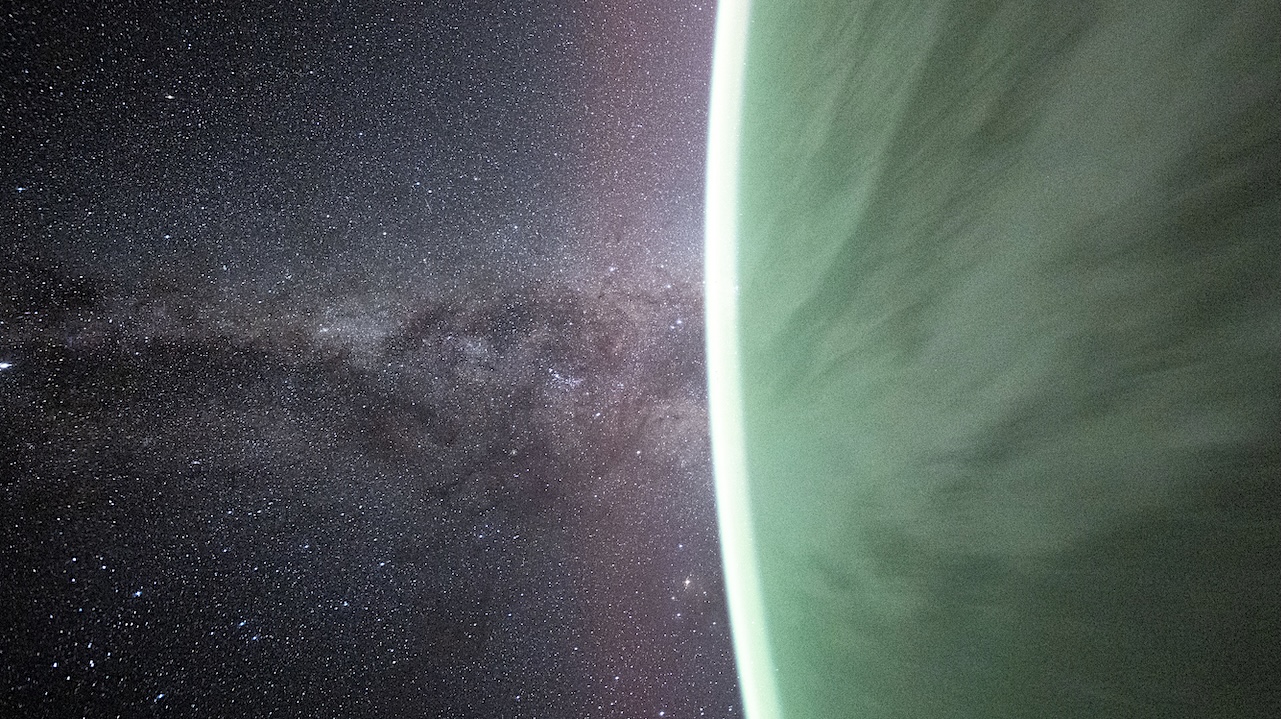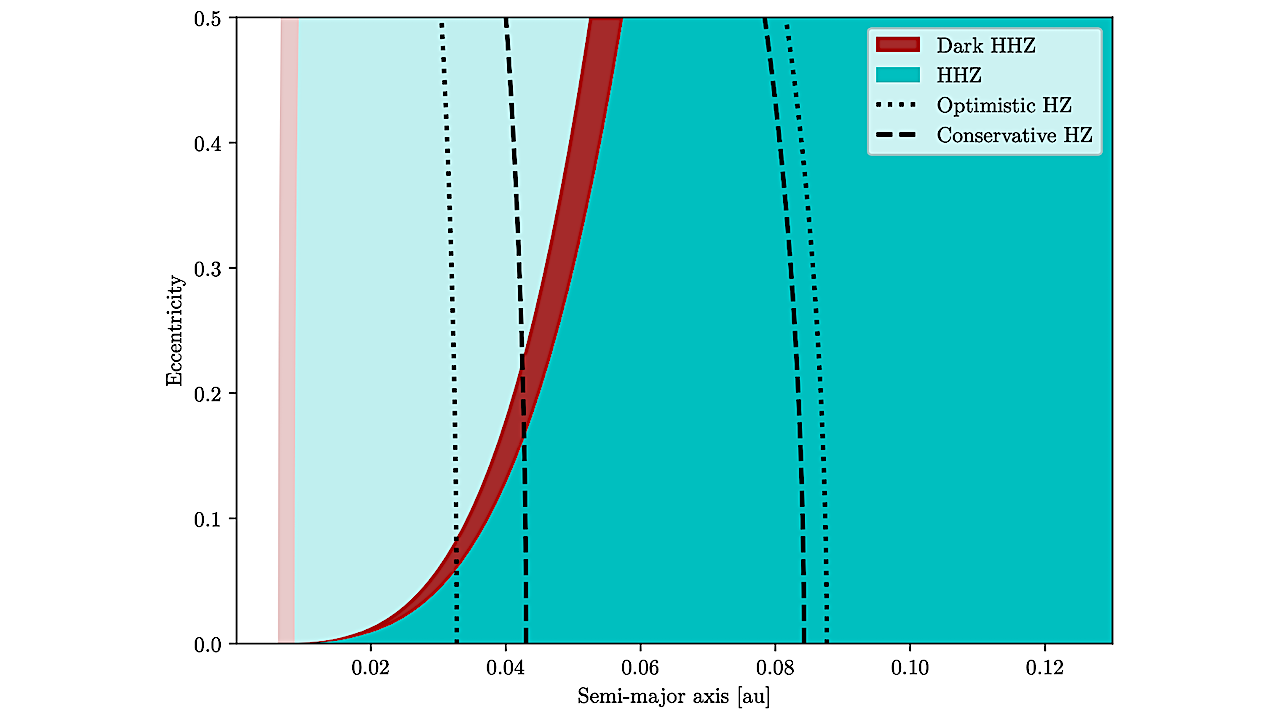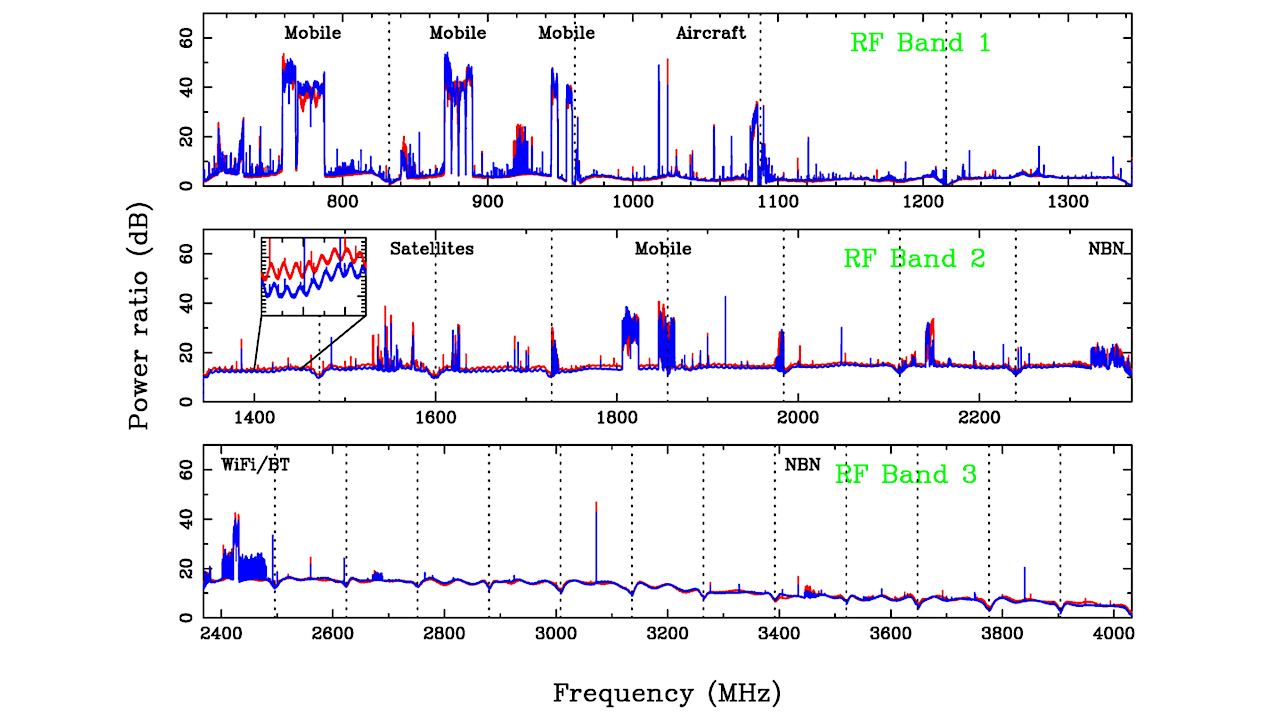As the old saying goes, “all good things must come to an end,” and that certainly goes for award-winning, Emmy-nominated pop culture entertainment offerings set in the final frontier. Paramount+
A cosmic particle detector has spotted a burst of strange radio signals from the ice of Antarctica that currently defy explanation. The results could hint at the existence of new
Agency 17/06/2025 30 views 0 likes The beginning of the industrial development of LISA was among the highlights for the European Space Agency on the second day of the International
Infant planets are ravenous little blighters that quickly devour what remains of the star-circling gas and dust clouds in which they form. The gas in these protoplanetary disks disappears rapidly,
Keith Cowing Explorers Club Fellow, ex-NASA Space Station Payload manager/space biologist, Away Teams, Journalist, Lapsed climber, Synaesthete, Na’Vi-Jedi-Freman-Buddhist-mix, ASL, Devon Island and Everest Base Camp veteran, (he/him) 🖖🏻 Follow on
Analysis & Data Overview. (a) Top Left: Systematic-corrected signal image, for which a model fit is retrieved, which is shown in the central panel. Top Right: Spatially-flattened spectral profile of
The HHZ (blue shaded regions) and dark HHZ (red shaded regions) around a 0.12M⊙ star for a 7M⊕, 1.7R⊕ hycean planet with tidal quality factor Q = 2. The low-opacity
Spectra showing local sources of RFI that consistently affect the Parkes UWL bandpass. The UWL receiver records two polarisations which are represented by the colours red and blue, respectively, in
The second day of the International Paris Air Show has proven to be groundbreaking for the European Space Agency as it officially marked the beginning of the industrial development of
LP 791-18 d, illustrated here, is an Earth-size world about 86 light-years away. The gravitational tug from a more massive planet in the system, shown as a blue dot in
-
 012024 in Review: Highlights from NASA in Silicon Valley
012024 in Review: Highlights from NASA in Silicon Valley -
 02Panasonic Leica Summilux DG 15mm f/1.7 ASPH review
02Panasonic Leica Summilux DG 15mm f/1.7 ASPH review -
 03How New NASA, India Earth Satellite NISAR Will See Earth
03How New NASA, India Earth Satellite NISAR Will See Earth -
 04And Thus Begins A New Year For Life On Earth
04And Thus Begins A New Year For Life On Earth -
 05Astronomy Activation Ambassadors: A New Era
05Astronomy Activation Ambassadors: A New Era -
06SpaceX launch surge helps set new global launch record in 2024
-
 07Space Force plans new ‘Futures Command’ amid pressure to speed up modernization
07Space Force plans new ‘Futures Command’ amid pressure to speed up modernization


